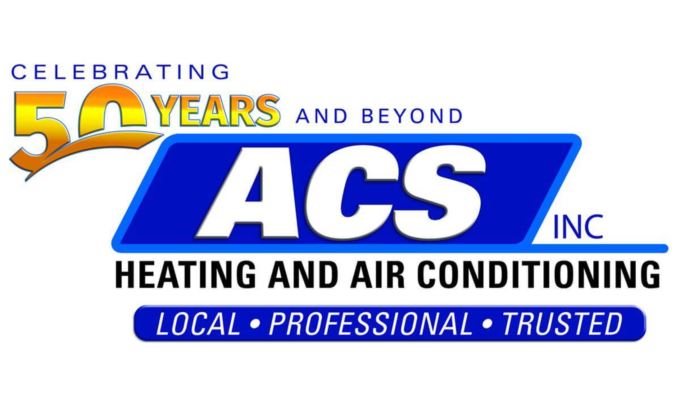
The worldwide transmission of COVID-19 has likely flipped your daily routine all over the place.
In uncertain times you can take peace in knowing your residence is your safe area. You’re possibly spending more time there today. As a result, your indoor air quality is now more critical than ever.
Did you realize we can install indoor air quality products in your house that provide hospital-grade filtration? These options can remove bacteria from your air, as well as allergens, odors and volatile organic compounds (VOCs).
Today’s residences are tightly closed, which is great for energy efficiency. But it also means your inside air might be worse than the air outside. In fact, the EPA says it can be two to five times worse than outdoors. This can cause a problem since we spend about 90% of our time indoors.
There are many factors that can cause poor indoor air quality, like cleaning products and air fresheners. These may lead to headaches and irritate allergies and asthma.
There’s a combination of steps you can take to enhance your air quality. Some include improved air filters, an air purification system or an ultraviolet (UV) germicidal light.
Not sure which option is a good fit for your home? Our expert technicians can do an indoor air quality audit. Based on the outcome, we can then recommend the most fitting option for your household’s unique needs.
Keep reading to learn more about the air quality products we offer.
Air Filtration
When browsing air filters, it’s essential to look at the MERV rating, or Minimum Efficiency Reporting Value. This gauges how efficiently it filters pollutants.
One of the most common and most economical filters, flat fiberglass filters, rank between 1 and 4 on the MERV system. Pleated filters are somewhat better, graded between 8 and 12.
We recommend upgrading to at minimum MERV 13, for example the HC13 Media Air Cleaner, for the best outcome. This filter gives cleaner air while limiting energy use.
High Efficiency Particulate Air (HEPA) filters are regarded as the best in air filtration, because they’re usually used in hospitals. They’re effective at capturing 99.97–99.99% of indoor pollutants, such as pollen, pet dander and smoke.
Before getting an enhanced filter, reach us at 770-824-3170. Our professionals can help you select the right solution for your unit.
Air Purification
Lennox has some of the greatest air purification units you can purchase. PureAir™ S and Healthy Climate™ PureAir Air Purification Systems offer hospital-grade filtration while handling all types of indoor air contaminants.
These powerful units can eliminate:
- 99.9% of allergens, including pollen, dust and pet dander.
- 95% of bacteria-sized particles, such as ones that contribute to strep throat.
- 50% of VOCs and odors within 24 hours.
UV Germicidal Lights
A UV germicidal light is added inside your HVAC equipment. Its penetrating rays wipe out bacteria and mold within seconds.
If your family has allergies or asthma, this equipment can offer relief. Especially if you reside in a muggy climate where bacteria and mold thrive.
This light also has an extra bonus for your comfort unit. It may help it work for a greater period of time and heat and cool more efficiently, because it keeps the internal pieces clean.
Our air quality engineers suggest installing one of these lights with an upgraded filter, such as our Carbon Clean 16® Media Air Cleaner, for the greatest effect. This filter delivers industry-leading MERV 16 filtration plus carbon-coated fibers to remove particles from your home’s air. It fulfills this without decreasing your heating and cooling unit’s airflow.
Whole-Home Humidifiers
Acquiring balanced humidity in your residence can help keep your household healthy when it’s cold. It can assist with sore throats, itchy skin and chapped lips, among added cold weather annoyances.
If you aren’t aware of what your residence’s humidity range is, we’ll measure it when we complete your indoor air quality audit. While the range fluctuates based off of outdoor temperatures, HVAC pros generally recommend keeping it between 40–60 percent.
You can reach this optimal range by using a whole-home humidifier. This equipment generally accompanies your furnace or air handler to provide optimal humidity around your residence. Some equipment, like the Healthy Climate® Whole-Home Power Humidifier, have a built-in fan to move humidity while your heating unit isn’t on.
Rely on the Experts for Your Indoor Air Quality Needs
At ACS Heating and Air Conditioning, we’re committed to making your residence more relaxing. That’s why we provide Lennox air quality products, which are the most complete solution you can get.
We’re also more than just your heating and cooling company. We’re concerned about the health of you and your household. That’s why our technicians are taking additional precautions when we visit your residence.
To learn more about our air quality products, get in touch with us at 770-824-3170 or contact us online. Our knowledgeable staff can also answer any worries you might have with a tech visiting your home at this time.
—
*Based on in-duct testing that shows Healthy Climate® filters reduce airflow restriction. Greater restriction of airflow creates a greater load on a unit’s fan motor, increasing energy consumption.

